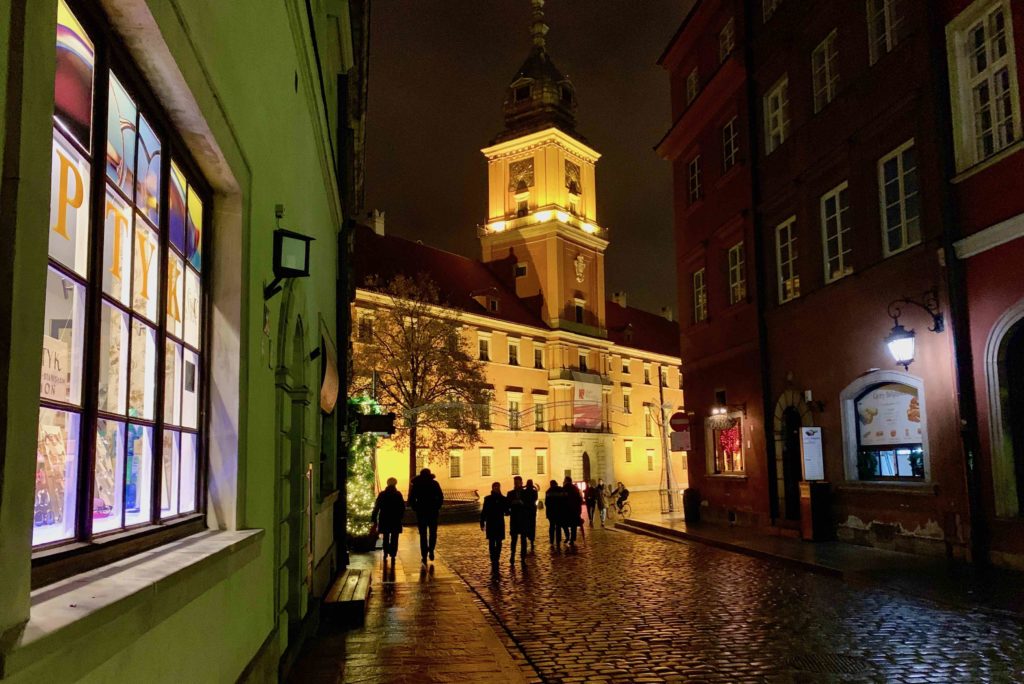










A fascinating trip to Warsaw, my first, for EcoVadis, where I have been on the Scientific Committee for around a decade. And here’s a bit of the section of the new book I wrote after the trip:
“There is a crack, a crack in everything,” intoned the late, lamented Leonard Cohen, “That’s how the lightgets in.” In the same way, reality sometimes cracks open in front of our eyes—andwe get a glimpse, an X-ray vision, of the future. That happened to me early in December 2018 while I was sketching out the early chapters of [the book].
A dozen of us were sitting in the offices of Paris-based supply chain management firm EcoVadis on the twenty-sixth floor of Warsaw’s Spektrum Tower. Outside, and all around us, impenetrable rain clouds hung low across the city.
Ironically, we were discussing how to illuminate darker corners of the global supply chains that feed today’s globalized economies.
Winking through the murk below were the lights of construction cranes. They were hard at work erecting a new version of a city largely levelled by the Nazis in 1944—and then held in an iron grip for decades by victorious Soviet occupiers.
Indeed, when the cloud began to clear a little, we could increasingly make out the brutal shape of one of Europe’s ugliest skyscrapers. Originally known as the Joseph Stalin Palace of Culture and Science (or Pałac Kultury i Nauki imienia Józefa Stalina), it was stripped of every trace of the dictator during a later period of destalinization.
Originally, positioned as a gift to Poland from the Soviet people, the Babel-like structure has attracted many ungrateful nicknames over the years. Among the nicknames used by Varsovians, I learned, are Pekin (or “Beijing”, because of the building’s abbreviated name PKiN) and Pajac (meaning “clown”, a word that sounds close to Pałac).
Less common—but more memorable—nicknames include Stalin’s Syringe, the Elephant in Lacy Underwear, the Russian Wedding Cake, or even Chuj Stalina (Stalin’s Dick).
Like the thousands of laborers who toiled on the original Tower of Babel, those who worked on the Palace of Culture and Science could hardly have imagined today’s world. Yet when the Berlin Wall was breached in 1989, a previously unimaginable crack opened up in communist reality, with capitalism increasingly running rampant.
All around the Spektrum Tower we saw high-rise buildings emerging from the murk, many sporting the logos of international companies like EY, Marriott and Mercedes.
But current forms of capitalism are under existential pressure, too, from several directions. On the same day that we looked down on Warsaw, climate leaders from around the world were looking around the city of Katowice, the heart of Poland’s coal-producing region.
And, if media reports were to believed, many were wondering why their annual climate summit had been parachuted into Katowice, the dark heart of Poland’s fossil fuels economy.

Leave a Reply